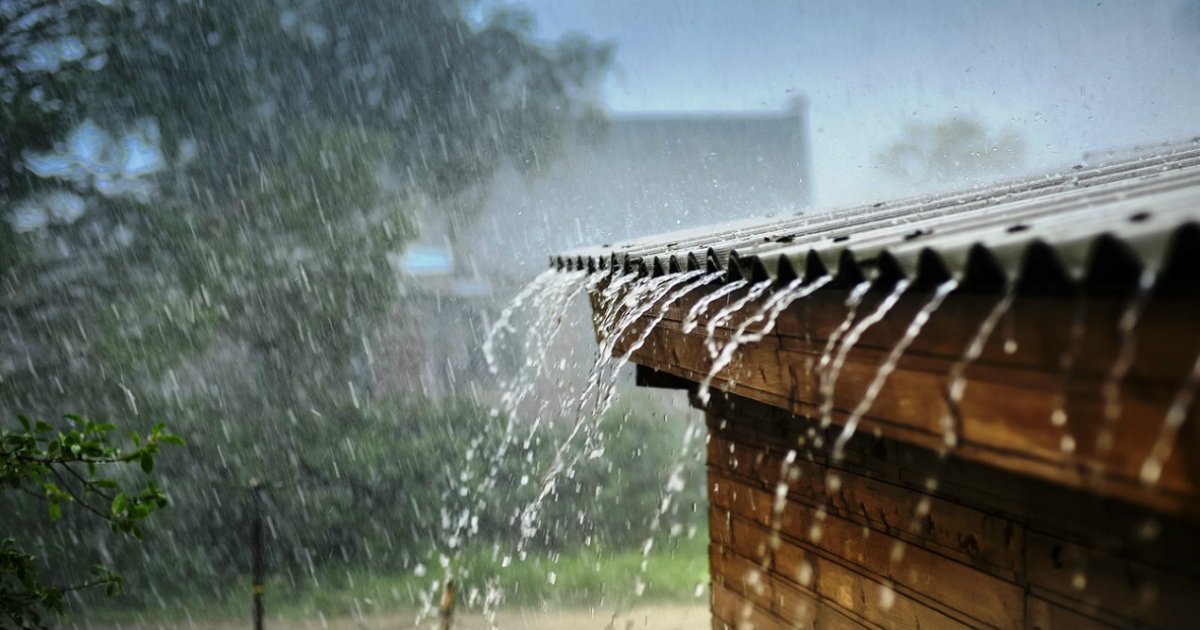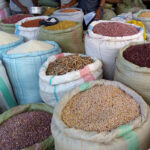The Tanzania Meteorological Authority (TMA) has issued a 10-day weather advisory warning of significant weather changes across multiple parts of the country, including heavy rains, thunderstorms, and strong winds beginning Sunday, June 1.
According to the TMA’s official bulletin, the Lake Victoria Zone — which includes Kagera, Geita, Mwanza, Simiyu, Shinyanga, and Mara — is expected to experience substantial rainfall accompanied by thunderstorms, especially during the early days of the forecast period.
“Rains with lightning and thunder are likely to affect a number of districts, particularly those along the lakeshore,” the authority stated, noting that disruptions in fishing, farming, and transportation are possible.
These early June conditions are not unusual for regions bordering the vast Lake Victoria, the largest lake in Africa, which significantly influences local microclimates. Explore Lake Victoria on Google.
Northeastern Highlands, Coastline Also Affected
In the northeastern highlands, regions such as Arusha, Manyara, and Kilimanjaro will receive occasional light rain, mostly in the evenings. Though not widespread, these rains could affect outdoor events and transportation in hilly and mountainous areas, especially near Mount Kilimanjaro, Africa’s tallest peak.
Meanwhile, residents along the northern coastline — encompassing Tanga, northern Morogoro, Pwani Region, Dar es Salaam, and the islands of Unguja and Pemba — are advised to prepare for strong winds and scattered rain showers.
“Marine activities may be affected by the anticipated gusty conditions, especially small boats and fishing vessels,” TMA cautioned.
Western and Central Tanzania
The western regions, particularly Kigoma, Katavi, and Tabora, will likely experience occasional thunderstorms, though mainly in isolated locations. Farmers in these areas are advised to plan accordingly as uneven rainfall could affect crop patterns.
However, a contrasting scenario is expected in Dodoma and Singida, where dry conditions will continue to dominate. These central regions, known for their semi-arid climate, typically receive less rainfall during this time of year.
Southern Highlands and Coast
In the southern highlands — covering Rukwa, Songwe, Mbeya, Njombe, and Iringa — no significant rains are expected during this forecast period. The same applies to Ruvuma and parts of southern Morogoro.
Also Read; What the BRICS Could Learn from the African Union
As for the southern coast, particularly Mtwara and Lindi, residents should be ready for occasional downpours accompanied by periods of strong wind.
Climate Outlook and Safety Measures
Experts say these weather patterns reflect broader changes in East Africa’s climate dynamics. Climate change in Tanzania has been linked to shifts in rainfall cycles, temperature extremes, and increased frequency of weather-related disasters.
The TMA continues to emphasize the importance of early warning systems and weather monitoring. “We encourage the public to stay alert and follow updates from trusted platforms,” the Authority advised.
For detailed daily updates, citizens are encouraged to follow TMA’s official website, tune in to local radio or TV broadcasts, and keep an eye on verified government social media pages.







